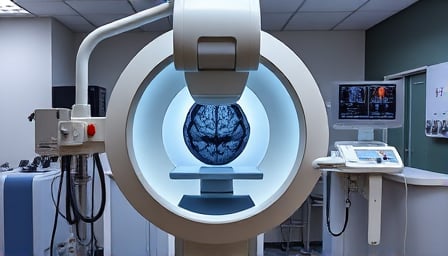A Breakthrough in Alzheimer’s Diagnosis: GE Healthcare Takes a Giant Leap Forward
GE Healthcare Inc, a stalwart in the medical technology industry, has just made a monumental stride in its relentless pursuit of a cure for Alzheimer’s disease. The US Food and Drug Administration has given its seal of approval to an updated label for the company’s positron emission tomography imaging agent, Vizamyl. This revised label is a game-changer, as it paves the way for clinicians to perform quantitative analysis of Vizamyl scans, effectively rendering previous limitations obsolete.
- What does this mean for patients?
- Enhanced decision-making capabilities for clinicians
- More confident diagnoses, leading to better treatment outcomes
- Improved quality of life for patients and their families
The updated label also allows for the use of Vizamyl to assess the effectiveness of anti-amyloid therapies, a crucial step in the fight against Alzheimer’s disease. By predicting the development of dementia or cognitive decline, clinicians can take proactive measures to prevent or slow down the progression of this debilitating disease.
A New Era in Alzheimer’s Diagnosis
This development is a testament to GE Healthcare’s unwavering commitment to innovation and patient care. By pushing the boundaries of medical technology, GE Healthcare is empowering clinicians to make more informed decisions, ultimately leading to better patient outcomes. As the medical community continues to grapple with the complexities of Alzheimer’s disease, GE Healthcare is leading the charge towards a more confident and effective diagnosis.
The Future of Alzheimer’s Diagnosis
The approval of the updated Vizamyl label is a significant milestone in the fight against Alzheimer’s disease. As the medical community continues to evolve and adapt, GE Healthcare is at the forefront of this revolution. With its cutting-edge technology and unwavering commitment to patient care, GE Healthcare is poised to make a lasting impact on the lives of millions affected by this devastating disease.
